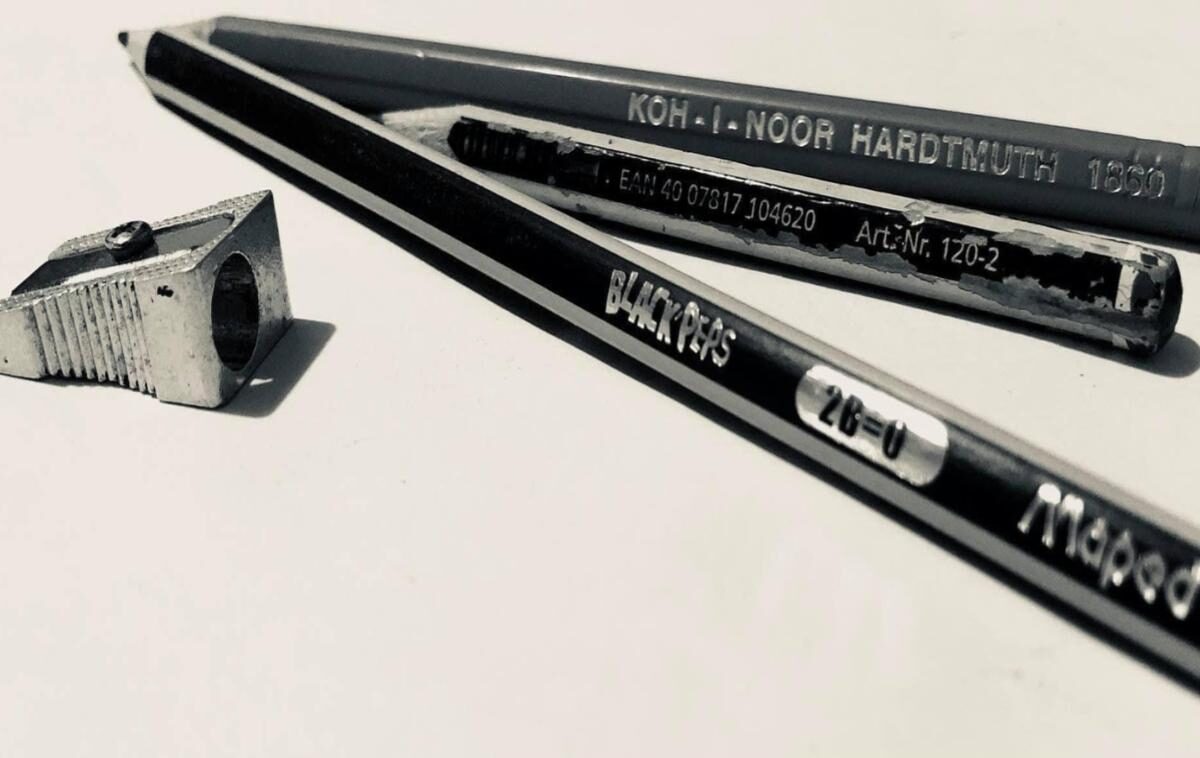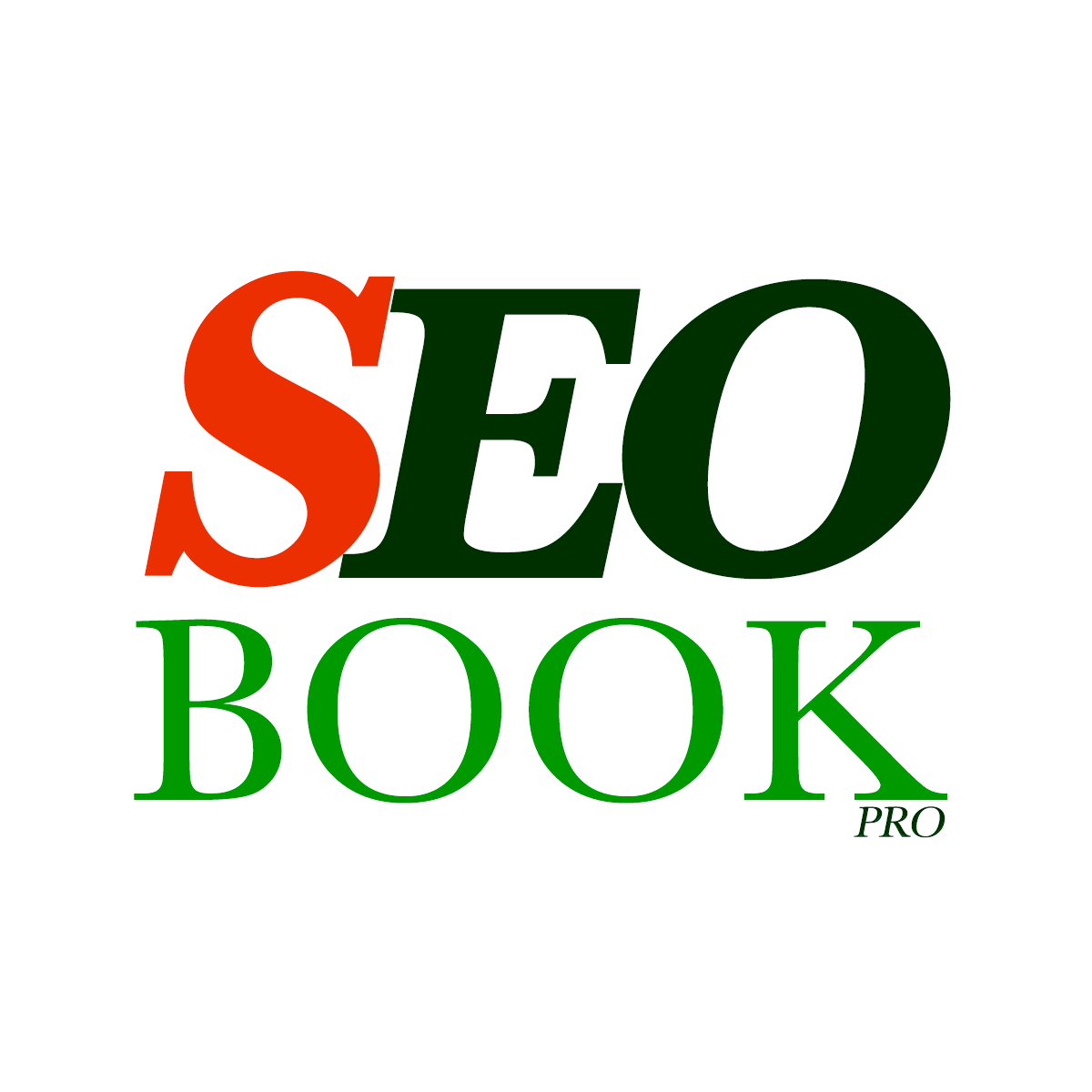
SEO Book Pro On-Page Optimization Techniques
As we journey deeper into the realm of Search Engine Optimization (SEO), we arrive at the pivotal landscape of on-page optimization. This chapter focuses on the fundamental techniques and best practices that contribute to making your web pages more search engine-friendly. On-page optimization involves optimizing individual pages to improve their relevance, visibility, and overall performance in search engine results. Let’s delve into the key strategies that can elevate your on-page SEO game.
Crafting SEO-Friendly URLs
Readable and Descriptive:
Ensure your URLs are human-readable and provide a concise description of the page’s content. Use hyphens to separate words, avoiding underscores or special characters.
Incorporating Keywords:
Include relevant keywords in the URL. This not only helps search engines understand the content but also provides users with a clear indication of what to expect.
Title Tag Optimization
Concise and Descriptive:
Craft compelling title tags that accurately represent the content of the page. Keep them concise, ideally within 50-60 characters, to ensure they display well in search results.
Including Primary Keywords:
Place your primary target keywords toward the beginning of the title tag. This reinforces the relevance of the page for those specific terms.
Meta Description Optimization
Compelling and Informative:
Write meta descriptions that are both compelling and informative. While meta descriptions don’t directly impact rankings, they influence click-through rates by enticing users to visit your page.
Incorporating Keywords Naturally:
Include relevant keywords in the meta description, but do so in a natural and meaningful way. This can further reinforce the page’s relevance to search engines.
Header Tags (H1, H2, H3, etc.)
Hierarchy and Structure:
Use header tags to create a hierarchical structure for your content. The H1 tag typically represents the main heading, followed by H2, H3, and so on, indicating subheadings.
Keyword Placement:
Incorporate relevant keywords into your header tags, especially the H1 tag. This signals the importance of the main topic to search engines.
Image Optimization
Descriptive File Names:
Rename image files to be descriptive and include relevant keywords. Avoid generic file names like “IMG001.jpg.”
Alt Text for Accessibility:
Provide alternative text (alt text) for images, describing their content. Alt text serves both as an accessibility feature for visually impaired users and as an opportunity to include keywords.
Content Quality and Structure
High-Quality, Relevant Content:
Create content that is valuable, relevant, and high-quality. Search engines prioritize content that meets user needs and provides comprehensive information.
Keyword Placement:
Strategically place keywords within the content, including in the first paragraph, headings, and naturally throughout. Avoid keyword stuffing, as it can harm your rankings.
Mobile Optimization
Responsive Design:
Ensure your website has a responsive design that adapts to different screen sizes. Google prioritizes mobile-friendly websites in its rankings.
Mobile Page Speed:
Optimize the loading speed of your pages on mobile devices. Users expect fast-loading content, and mobile page speed is a ranking factor.
Schema Markup
Enhanced Rich Snippets:
Implement schema markup to provide additional context to search engines about the content on your page. This can result in enhanced rich snippets in search results.
Structured Data:
Use structured data to mark up specific information on your page, such as reviews, events, or products. This helps search engines better understand the context of your content.
Practical Application
Consider a hypothetical scenario where a business offering online courses wants to optimize a landing page for a beginner’s photography course:
URL: www.example.com/beginners-photography-course
Title Tag: Beginner’s Photography Course | Learn Photography Basics
Meta Description: Explore our beginner’s photography course and master the basics of photography. Join now for expert guidance and practical exercises.
Header Tags:
H1: Learn Photography Basics with Our Beginner’s Course
H2: What You Will Learn
H2: Course Highlights
Image Optimization: The page includes high-quality images with descriptive file names and alt text like beginners-photography-course-classroom.jpg and photography-equipment.jpg.
Content Quality: The content provides valuable insights into the course, covers essential topics, and includes keywords naturally.
In this practical example, each on-page element is optimized to enhance both search engine visibility and user experience.
In Closing
On-page optimization is a continuous process of refinement and adaptation. As search engines evolve, staying abreast of best practices and incorporating them into your strategy is key. In the subsequent chapters, we’ll explore additional facets of SEO, including off-page optimization, link building, and strategies for staying ahead of algorithm updates. Join us as we navigate the ever-changing landscape of SEO to elevate your digital presence.




